I'm afraid that would be the vast majority of them!
Badly worded question and supposition. The vast majority do or do not test?
Welcome to ScubaBoard, the world's largest scuba diving community. Registration is not required to read the forums, but we encourage you to join. Joining has its benefits and enables you to participate in the discussions.
Benefits of registering include
I'm afraid that would be the vast majority of them!
Most don't. When I used to try asking about quarterly tests as required by Padi, I usually got excuses. Padi no longer requires, but then I learned that those were not a dependable source anyway.Badly worded question and supposition. The vast majority do or do not test?

It'd be nice if your dive club or LDS would get involved, huh - at least with calibrating? I don't know that the detector is something one would want to loan out.Suprane
thanks for all the work, educating us on your CO monitor...I am considering the toxi-rae...
my question-do you know of any other options for calibrating? I am wondering if I could take it somewhere, or send it in...rather than the big outlay for the gas and reg. I wonder this because my diving is limited to 2-4 dive trips per year (and it's usually 2 trips of about 12 days each)
Oh really now?!There shouldn't be any. 10-15% is legal in most of the few countries that regulate, UK is 3%, Mexico doesn't regulate - but that sucks. If it could be 5-6 ppm, on a bad day what's to stop it from being 15-20? Damn! :shocked2:
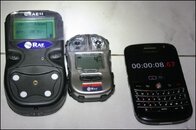
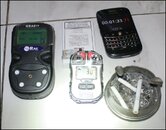
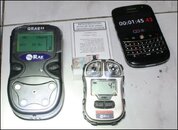
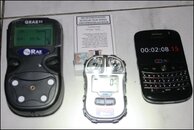
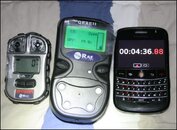
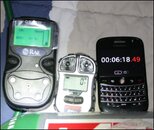
I have gotten a lot of information back from our internal guys on this topic and your source is correct in saying that all mfg will have what is called a ‘dead band’ in their units for certain sensors.
For RAE the deadband is confirmed to be 0-3 ppm. You will not get any reading in this range for all RAE units with CO sensors.
So my understanding on the dead band is, you will read a decreasing reading even at 3,2 and 1 PPM but most likely can't read increasing reading 1,2 and 3PPM , perhaps an immediate jump to 4 PPM.
Hope this is useful.
Cheers,
IYA
